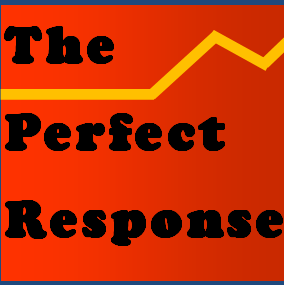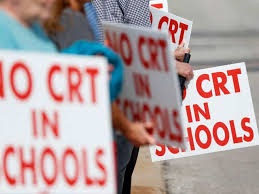True to form, dictators in closed societies are the last to know or care about changes in public opinion.
At the height of the Vietnam War the New Yorker writer Michael J. Arlen published a short but evocative piece that, like any good criticism, gave clarity to key events in that decade. In Living Room War, he played out the effects of a nation witnessing its own atrocities almost as they happened. “Shooting bloody” was soon to become the norm for reporters embedded with our troops caught in that quagmire. Americans could not help but notice the horrific attempts to fight a war in the jungle, or the United States’ massive efforts to bomb the North Vietnamese into submission.
 The article published in October of 1966 and later included in a book of essays was barely 2000 words long: a short summation of the efforts of war reporters like CBS’s Morley Safer, who covered the actions of Marines in the Mekong Delta. Images of troops and snipers being fired upon were part of the reporting, which CBS was anxious to add to the studio-based “tell” stories that were common at the time. Footage from the field was quickly edited onboard a plane routed to Tokyo, where it was uplinked via satellite to CBS’s Broadcast Center on West 57th Street in New York. The network concluded that it was all well and good to have Walter Cronkite describe the day’s fighting. But they wanted to add the hastily edited reports about the close-range carnage in front of viewers, even during the dinner hour. It is worth remembering that most Americans regularly watched one of the three network evening newscasts: what another critic likened to a daily gathering at the “national hearth.”
The article published in October of 1966 and later included in a book of essays was barely 2000 words long: a short summation of the efforts of war reporters like CBS’s Morley Safer, who covered the actions of Marines in the Mekong Delta. Images of troops and snipers being fired upon were part of the reporting, which CBS was anxious to add to the studio-based “tell” stories that were common at the time. Footage from the field was quickly edited onboard a plane routed to Tokyo, where it was uplinked via satellite to CBS’s Broadcast Center on West 57th Street in New York. The network concluded that it was all well and good to have Walter Cronkite describe the day’s fighting. But they wanted to add the hastily edited reports about the close-range carnage in front of viewers, even during the dinner hour. It is worth remembering that most Americans regularly watched one of the three network evening newscasts: what another critic likened to a daily gathering at the “national hearth.”
Arlen’s article title was enough to suggest what had changed with the advent of portable video equipment and satellite links. The ability of politicians and citizens to insulate themselves from the effects of war was vanishing. The costs were not to be measured using static slides of casualty numbers or a few wire-service photos. Wars were about to be personalized by embedded reporters and camera crews who took their chances along with the troops. Arlen’s article title was enough for us to suddenly realize the sea change in war coverage that was underway. Even then, Lyndon Johnson began to realize that “his” war was going to lose support. Fifty-Eight thousand Americans were lost before the U.S. retreated.
These days I think of this article, admiring what a good media critic can do, but also pointing to the obvious reasons for the unprecedented international revulsion of Vladimir Putin and the Russian Army. No one can remain unmoved by the wrenching video segments of families in Ukraine struggling to survive the relentless onslaught.
True to form, dictators in closed societies are the last to know or care about changes in public opinion. But one could conclude that near total press censorship in Russia may not be enough to insulate ordinary citizens from the horrors their government is visiting upon Ukraine. Russia is not a perfectly closed society, especially with the flow of news and information still coming into the country via the internet. As Arlen might have predicted, ordinary Russians will soon see videos that will help explain why most of the rest of the civilized world has put their society on a path to financial destruction.
![]()




